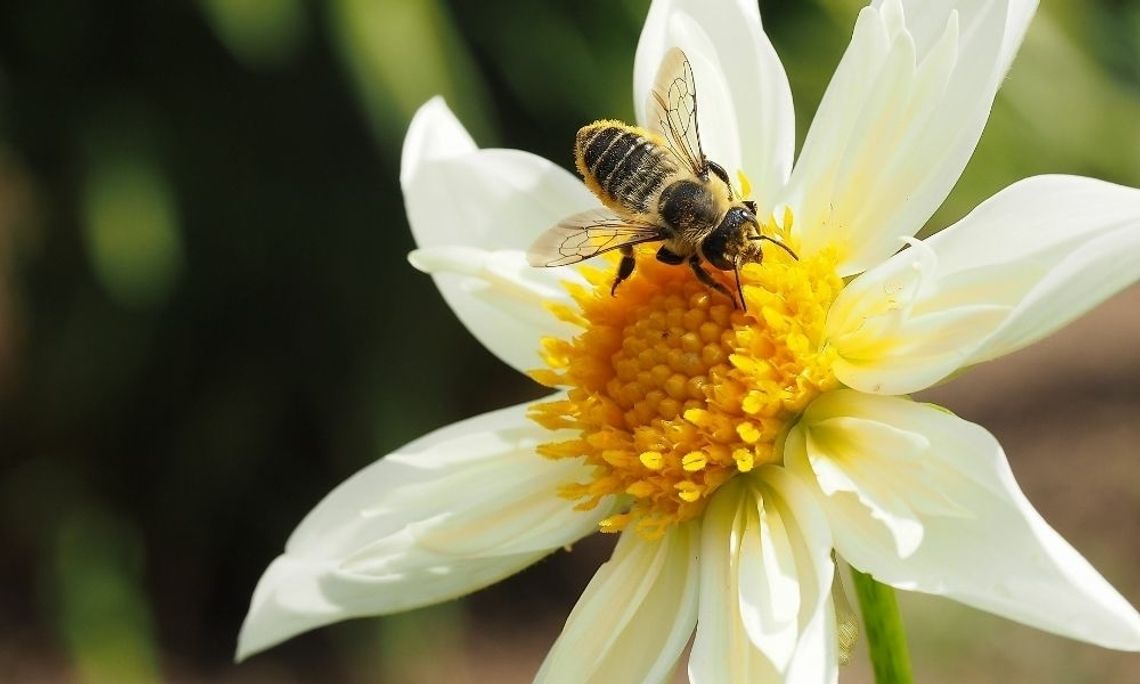Honeybees have been a helpful resource to humans for centuries. Beekeepers harvest the sweet honey bees produce and we rely on them to pollinate our crops. Honeybees pollinate about one-third of all the food crops we consume, but they are currently facing endangerment.
We must appreciate our bees and keep them safe from pesticides, habitat destruction, air pollution, and other environmental issues to preserve their population.
If you’d like to learn more about our busy, buzzy friends, here are five interesting little-known facts about honeybees.
Honeybees Fly Between 15 and 20 MPH
Honeybee bodies are made for taking short trips from flower to flower, not flying long distances. Honeybees can reach 15–20 miles per hour at their top speed. Their wings flap over 12,000 times per minute to keep them afloat as they move around. However, when the bees are full of pollen, they only fly at about 12 MPH.
A Colony Can Contain Up to 60,000 Bees
It takes a lot of hardworking bees to get the job done—each hive can contain around 20,000 to 60,000 bees. Each bee has a designated role, from nurse bees taking care of the younger bees to guarding bees who protect the hive from robbers. Every bee must do its due diligence to keep the hive buzzing!
Honeybees Use a Complex Language
Honeybees have one of the most complex languages on earth—they communicate by performing a choreographed dance. Worker bees perform numerous roles in their lives, from finding flowers to determining the value of their food source and navigating back home. They share all the details with other bees by performing specific dances.
A Queen Honeybee Can Lay Over 2,000 Eggs a Day
After 48 hours of mating, the queen bee begins her task of laying eggs, and she can produce her own body weight in eggs in one day. On an average day, a queen bee can lay about 1,500 eggs; in her lifetime, she will lay about one million eggs.
One Worker Bee Produces a Fraction of a Teaspoon of Honey
Honeybees have a work ethic like no other. From spring to fall, worker bees must produce about 60 pounds of honey to sustain the colony during the winter. This means that each bee would need to create about 1/12 of a teaspoon of honey to get the work done.
Bees are fascinating creatures, and those were just some of the interesting little-known facts about honeybees. From their fantastic work ethic to their complex languages, bees are intellectual and are super important to our environment, and we should appreciate them!


Comment
Comments